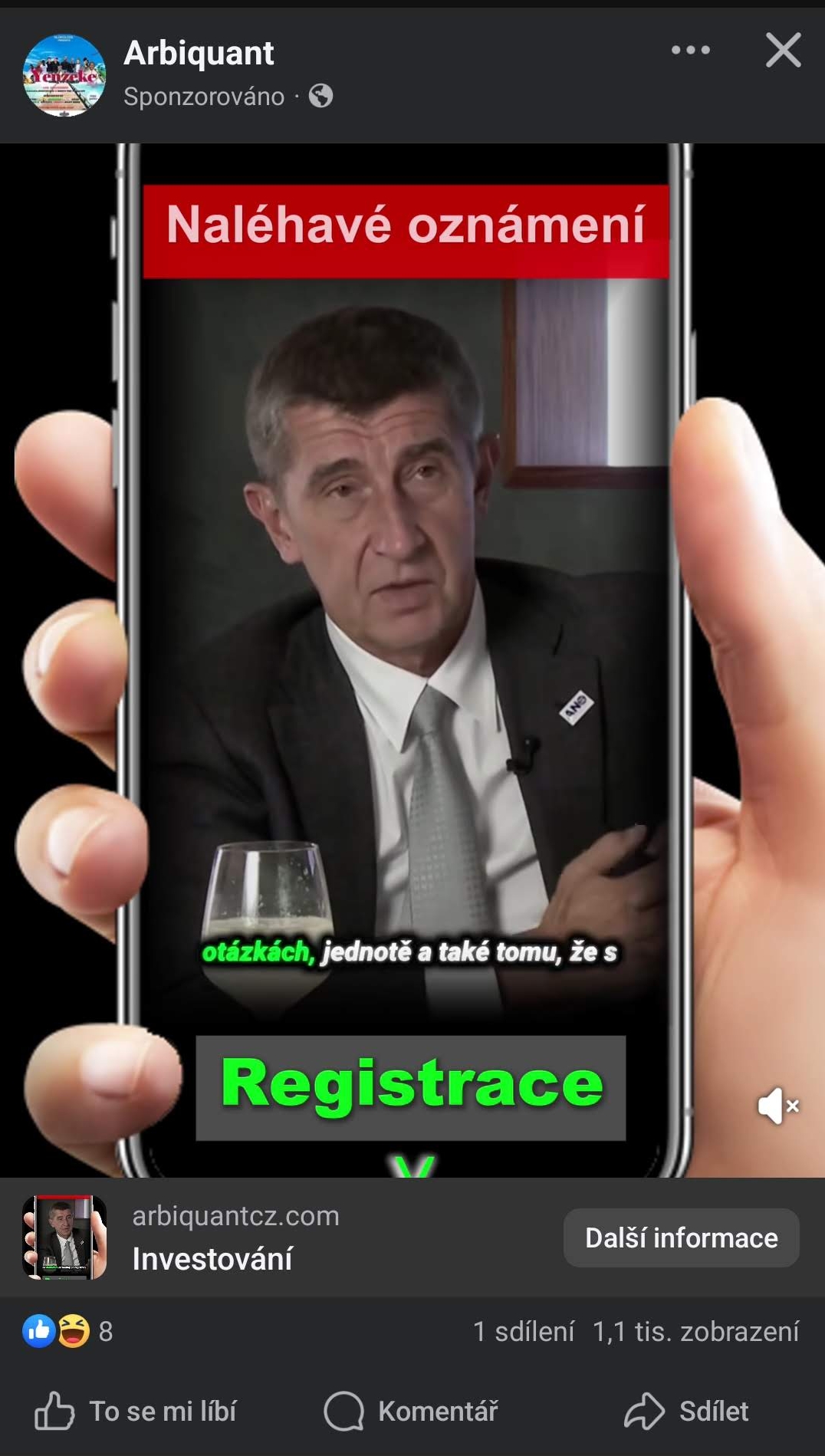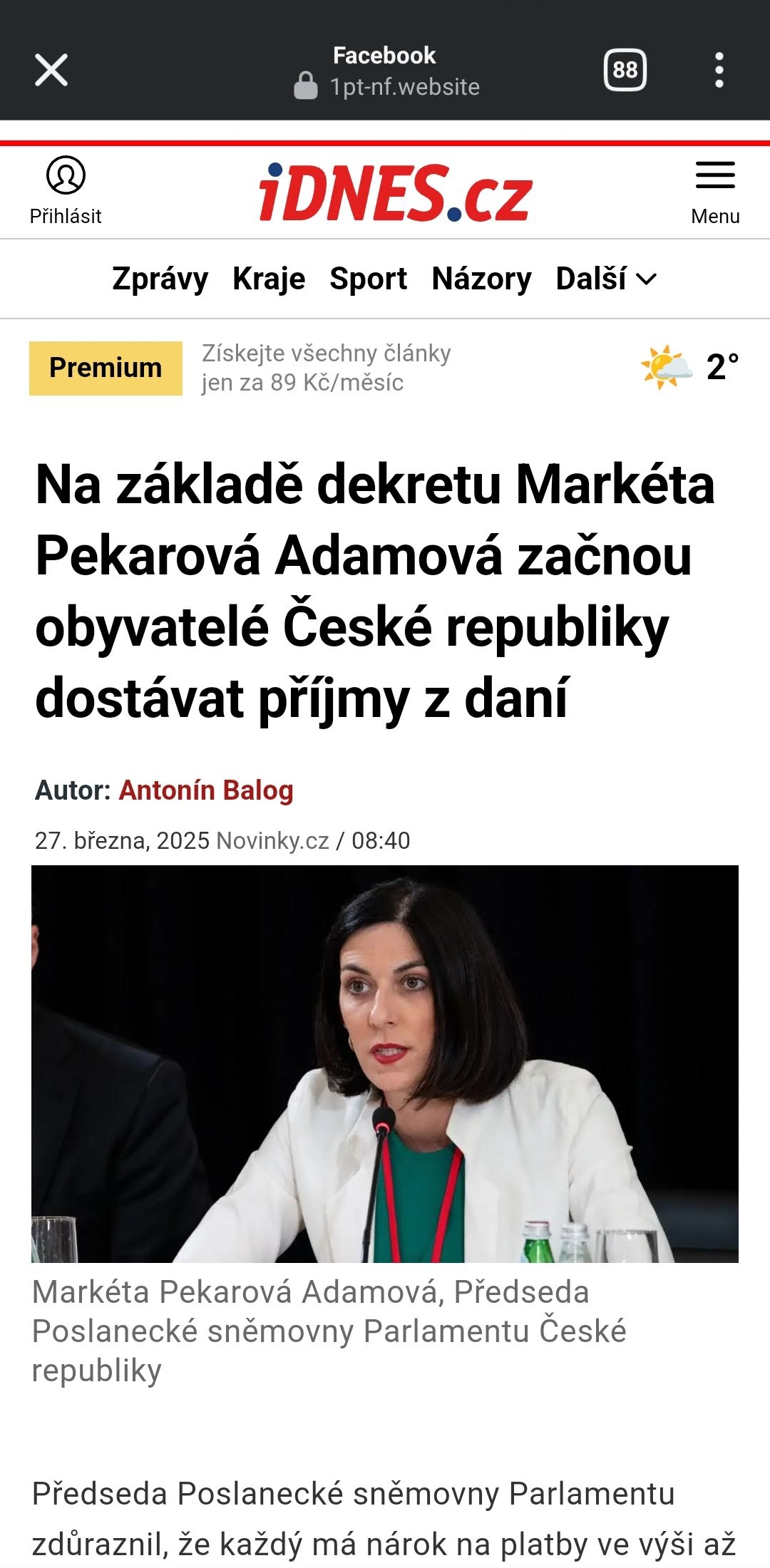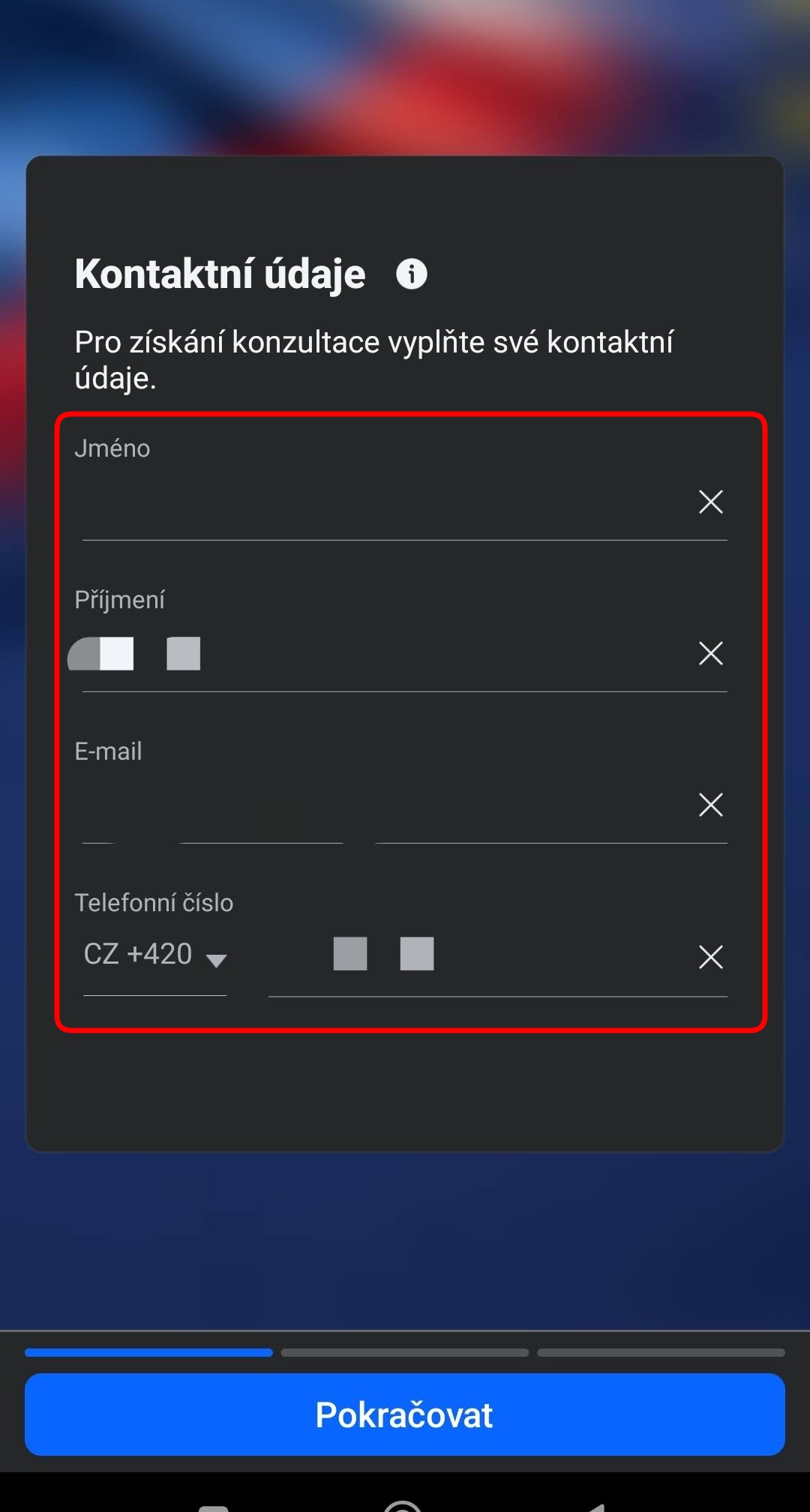Famous Faces, Fake Posts: The Rise of Celebrity Facebook Scams
From fake giveaways to bogus investments, scammers are using celebrity identities to gain your trust—and your cash. These schemes are spreading fast on Facebook, catching even the most cautious users off guard.

It starts with a familiar face. Maybe it’s Andrej Babiš talking about a new investment opportunity, or Tereza Pergnerová promoting a giveaway. The video looks real. The voice sounds real. But the truth is, it’s not a real video.
Welcome to the world of deepfake scams on Facebook, where scammers use artificial intelligence to create extremely realistic videos of celebrities saying things they never actually said—deceiving thousands of people.
A deepfake is a video or audio clip that uses artificial intelligence (AI) to digitally replace someone’s face or voice. The result? A disturbingly convincing imitation that can fool even sharp eyes.
While some deepfakes are funny, they can also be extremely dangerous, especially when scammers use them to impersonate celebrities and promote fake products, investments, or charities.
How This Scam Works
Here’s what these scams typically look like:
-
A deepfake video appears on Facebook, whether as an ad, a post, or in a group.
-
The video features a politician or celebrity — like Andrej Babiš, Lucie Křížková, or Markéta Pekarová Adamová — allegedly endorsing a product, crypto platform, charity, or offering money.
Some real examples:




-
The video often links to a suspicious external site, urging users to act quickly before the “opportunity disappears.”
-
After clicking the ad, a form often appears asking for personal information (see below). If you fill it out, the scammers misuse the data and try to contact you.

Why People Fall for It
These videos look very real. People tend to be less cautious when it comes to their favorite actor or singer, or generally with a well-known personality they recognize from TV and trust.
Facebook prioritizes viral content, and scammers take advantage of this by spreading deepfake videos as ads among short, popular videos known as "reels."
Sadly, these scams often target older, less tech-savvy users, and people in financial distress.
How to Spot a Deepfake
Here are a few red flags:
- Weird eye movement or blinking: Deepfakes often get this wrong.
- Audio out of sync with mouth movements.
- Unusual noise or overly “clean” voice – AI-generated voices may sound unnatural.
- Urgent calls to action: “Send money now,” “Click before midnight,” “Don’t miss out.”
And most importantly: if it sounds too good to be true, it probably is.
Is Facebook Doing Anything About It?
Facebook has some tools for detecting deepfakes and has banned certain types of manipulated content. But let’s be honest—it’s like a game of cat and mouse, and the scammers are getting smarter. By the time a video gets reported, it’s often been shared thousands of times.
There’s also growing pressure on tech platforms and governments to create stricter rules against the misuse of deepfakes, but for now, we’re still playing catch-up.
Final Recommendations for Your Safety
In a world where “seeing” no longer means “believing,” we need to be more skeptical than ever. Whether it’s a deal that seems too good to be true or a celebrity inviting you into a secret giveaway, it’s always wise to double-check.
What else can you do?
-
How can you easily and effectively boost cybersecurity in your company? Check out how Redamp.io can help protect you.
-
Stay informed! Read our blog and follow alerts in the app about the latest threats we’re monitoring for you.
-
Be cautious! Pay special attention to phishing and ransomware .